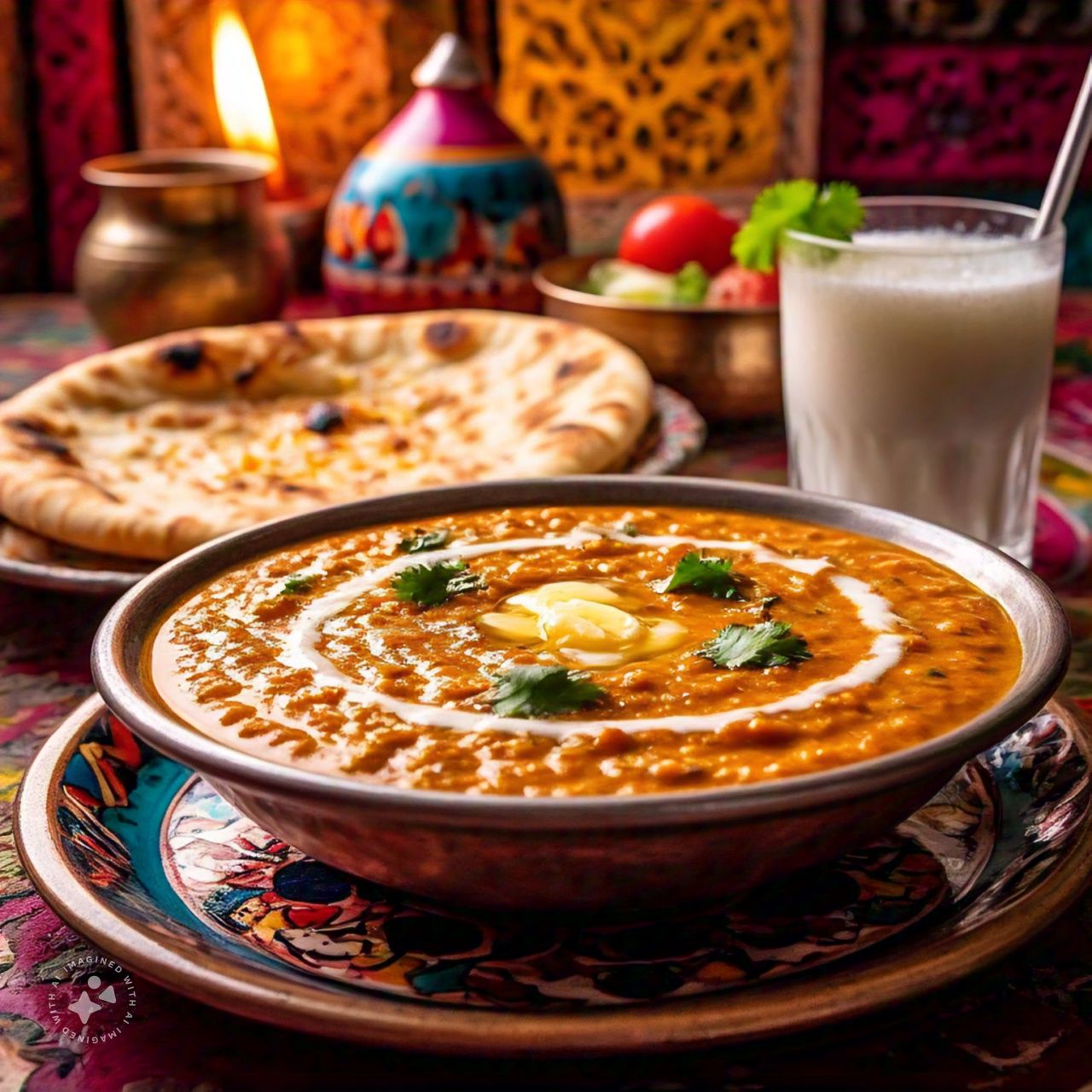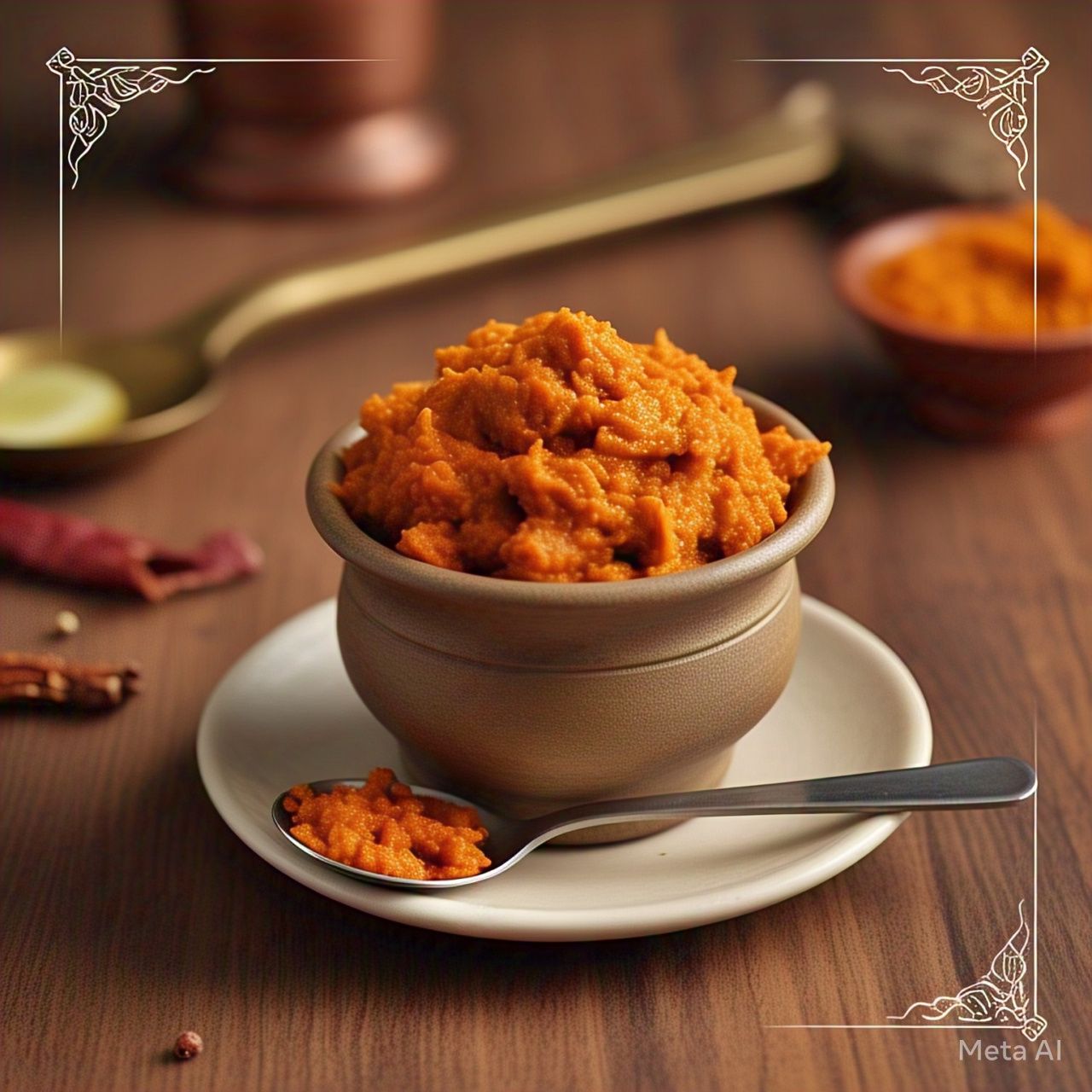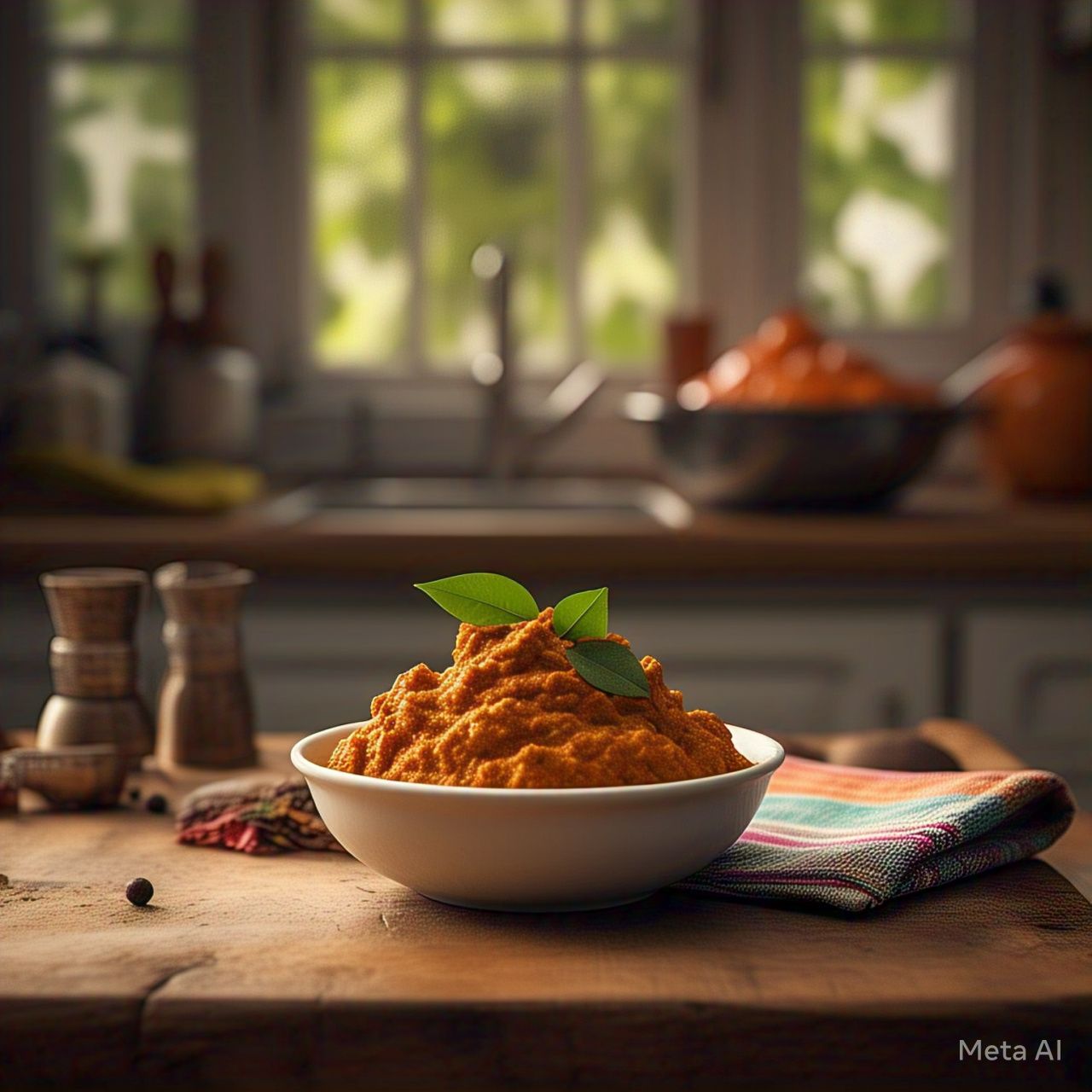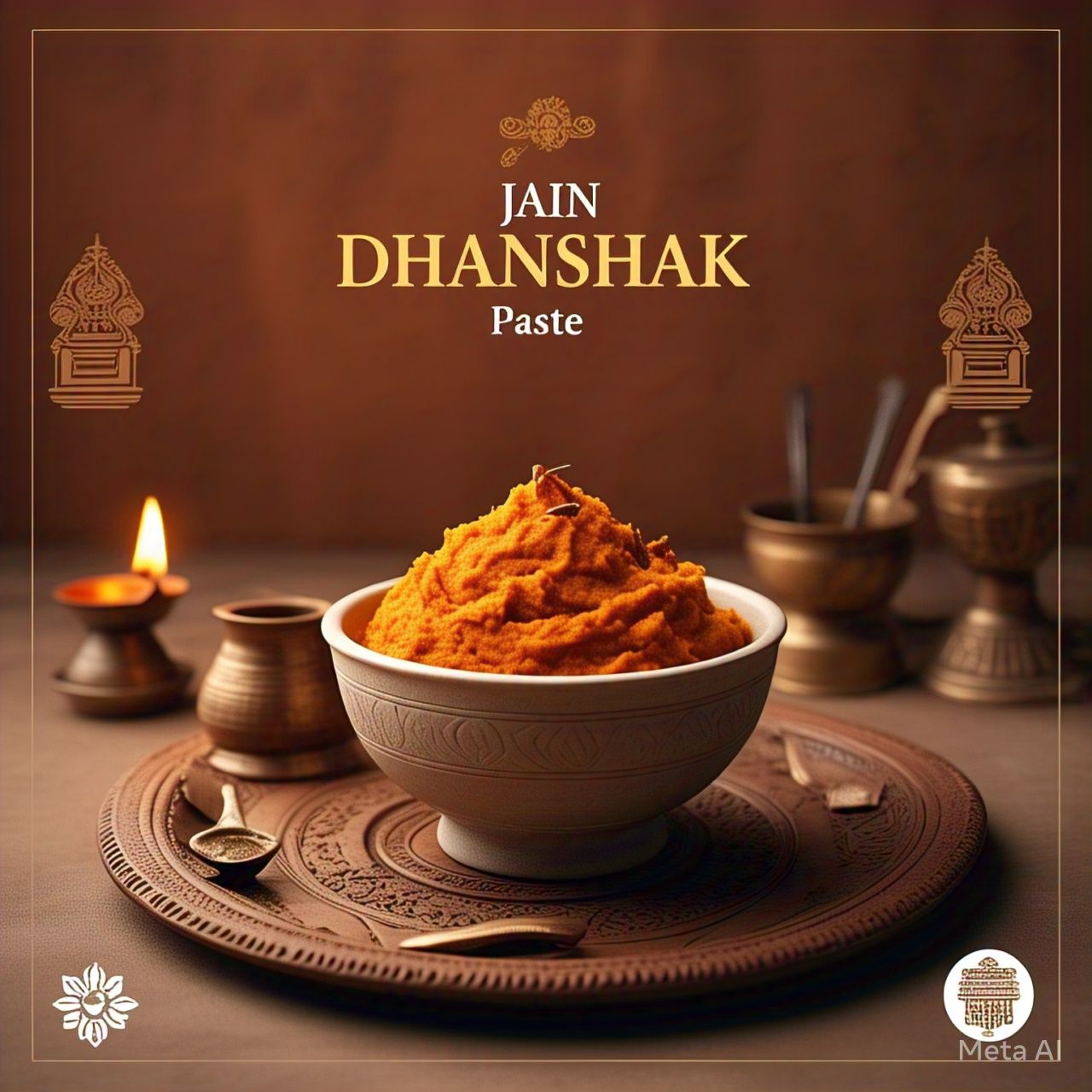Dal Bukhara is a rich and creamy lentil dish that originates from the northern regions of India. Known for its indulgent taste and velvety texture, Dal Bukhara is made using whole black lentils (urad dal) cooked slowly and seasoned with a unique spice mix, known as Dal Bukhara Masala. This aromatic spice blend enhances the natural flavors of the dal, making it a favorite at Indian feasts and special occasions.
In this blog, we will dive into the flavorful world of Dal Bukhara Masala its origins, benefits, cooking tips, and the environmental impact of food waste. We’ll also explore comparisons with other lentil dishes and why Dal Bukhara is a seasonal and holiday favorite.
What is Dal Bukhara Masala?
Dal Bukhara Masala is a carefully crafted spice mix that brings out the best in whole black lentils. The dish is traditionally cooked over a slow flame to develop a deep, smoky flavor, and is finished with a generous addition of cream and butter for a rich, luxurious texture.
Key Ingredients in Dal Bukhara Masala:
- Whole Black Lentils (Urad Dal): These lentils form the base of the dish, providing a hearty and creamy texture when cooked slowly.
- Spices: A combination of cumin, coriander, garam masala, and dried red chilies give the dish its rich and aromatic flavor profile.
- Tomatoes: Used to create a tangy base for the dal.
- Cream and Butter: Essential for creating the signature creamy texture that Dal Bukhara is known for.
Benefits of Dal Bukhara Masala
Dal Bukhara is not only a flavorful treat, but it also offers a variety of health benefits. Here’s why this dish should be a regular part of your diet:
High in Protein
- The black lentils used in Dal Bukhara are an excellent source of plant-based protein, making this dish a great choice for vegetarians and vegans.
Rich in Fiber
- Black lentils are packed with fiber, which aids digestion, promotes heart health, and helps regulate blood sugar levels.
Nutrient-Rich
- Dal Bukhara is a good source of essential vitamins and minerals like folate, iron, magnesium, and potassium. These nutrients support various bodily functions, from maintaining energy levels to promoting strong bones and muscles.
Boosts Immunity
- Spices like cumin, garlic, and ginger used in Dal Bukhara have antioxidant and anti-inflammatory properties that help boost the immune system and fight off infections.
Supports Heart Health
- The fiber and low-fat content of Dal Bukhara can help lower cholesterol and reduce the risk of cardiovascular diseases when consumed as part of a balanced diet.
Dal Bukhara Masala: Cooking Tips
Dal Bukhara is a labor of love, requiring time and patience for the perfect blend of flavors. Here are some essential cooking tips to help you achieve a delicious Dal Bukhara every time:
1. Soak the Lentils
- Soak the urad dal overnight or for at least 6-8 hours. This reduces cooking time and helps the dal soften and cook more evenly.
2. Slow Cooking is Key
- Dal Bukhara is traditionally slow-cooked over a low flame for several hours, which enhances the flavor and results in a smooth, creamy consistency.
3. Use Ghee or Butter for Richness
- For an authentic taste, use ghee (clarified butter) or butter in the preparation of Dal Bukhara. These ingredients contribute to the dish's signature richness and flavor.
4. Cook the Spices Properly
- Ensure that the spices are cooked well before adding the lentils. This helps release their essential oils and enhances the overall flavor profile of the dish.
5. Finish with Cream
- Once the dal is cooked, add fresh cream to achieve the creamy, luxurious texture that Dal Bukhara is known for.
Seasonal and Holiday Favorites
Dal Bukhara is a versatile dish that can be enjoyed all year round. However, it is particularly popular during festive seasons and special occasions.
Winter Comfort
- The creamy texture of Dal Bukhara makes it a perfect comfort food during the colder months. It provides warmth and satisfaction, especially when paired with naan or steamed rice.
Festivals and Celebrations
- Dal Bukhara is often served during important festivals such as Diwali, Eid, and weddings. Its rich flavor and smooth texture make it a perfect dish for large gatherings and celebrations.
Impact of Food Waste on the Environment
While Dal Bukhara is a delicious and nutritious dish, food waste associated with it can have significant environmental consequences. Here's a look at the impact of food waste and how you can contribute to a more sustainable future:
Key Environmental Issues:
- Water Consumption: Legumes like urad dal require large amounts of water to cultivate. Wasting food means wasting precious water resources, which have a significant environmental cost.
- Carbon Footprint: Wasting food contributes to carbon emissions, especially if food is disposed of in landfills, where it decomposes and releases methane, a potent greenhouse gas.
- Global Hunger: Food waste exacerbates global food insecurity. Wasting food means that resources are diverted away from areas where they could be used to feed people in need.
Sustainable Cooking Practices:
- Plan Portions Carefully: When preparing Dal Bukhara, cook only the amount you can realistically consume to avoid excess food waste.
- Store Leftovers: Leftover Dal Bukhara can be stored in the refrigerator for up to 3 days. Reheat it thoroughly before serving. You can also repurpose it into soups or stews.
Comparison: Dal Bukhara vs. Other Indian Lentil Dishes
Dal Bukhara is often compared to other popular Indian lentil dishes. Here’s how it compares:
Dal Makhani
- Key Difference: While both Dal Bukhara and Dal Makhani use black lentils, Dal Makhani includes kidney beans and has a slightly heavier, butter-laden flavor.
- Texture: Dal Bukhara is creamier and richer, whereas Dal Makhani has a denser, chunkier consistency.
Dal Tadka
- Key Difference: Dal Tadka uses split yellow lentils (toor dal) and is tempered with a variety of spices and ghee. It is lighter and spicier compared to Dal Bukhara.
- Flavor: Dal Bukhara has a milder, smoother taste, while Dal Tadka is more robust with a stronger spice presence.
Dal Fry
- Key Difference: Dal Fry is made with split yellow lentils and is seasoned with garlic, onions, and various spices. It is typically quicker to prepare than Dal Bukhara, which requires a longer cooking time for richness.
- Taste: Dal Fry has a spicier and more vibrant flavor, while Dal Bukhara offers a creamy, mellow profile.
FAQs About Dal Bukhara Masala
1. Is Dal Bukhara Masala Vegan?
- Traditionally, Dal Bukhara contains cream and butter, making it non-vegan. However, you can substitute these ingredients with plant-based alternatives like coconut cream or cashew cream for a vegan version.
2. How do I store Dal Bukhara?
- Dal Bukhara can be stored in an airtight container in the refrigerator for up to 3 days. Reheat it thoroughly before serving. You can also freeze it for longer storage.
3. What can I serve with Dal Bukhara?
- Dal Bukhara is typically served with naan, roti, or basmati rice. You can also pair it with a side of pickles, raita, or a vegetable curry.
4. Can I make Dal Bukhara spicier?
- Yes! You can adjust the spice levels by adding more green chilies or chili powder during the cooking process.
Conclusion
Dal Bukhara Masala is a luxurious, creamy lentil dish that is perfect for any occasion. Whether you’re preparing it for a festive gathering or a comforting winter meal, Dal Bukhara offers a blend of flavors and textures that will delight your taste buds. By following the tips in this guide, you can recreate this iconic dish in your own kitchen, while also contributing to a more sustainable food culture.





Share:
Dal Fry Tadka Masala: A Flavorful Journey of Indian Cuisine
Black Pindi Chole Masala: Traditional North Indian Spice Mix